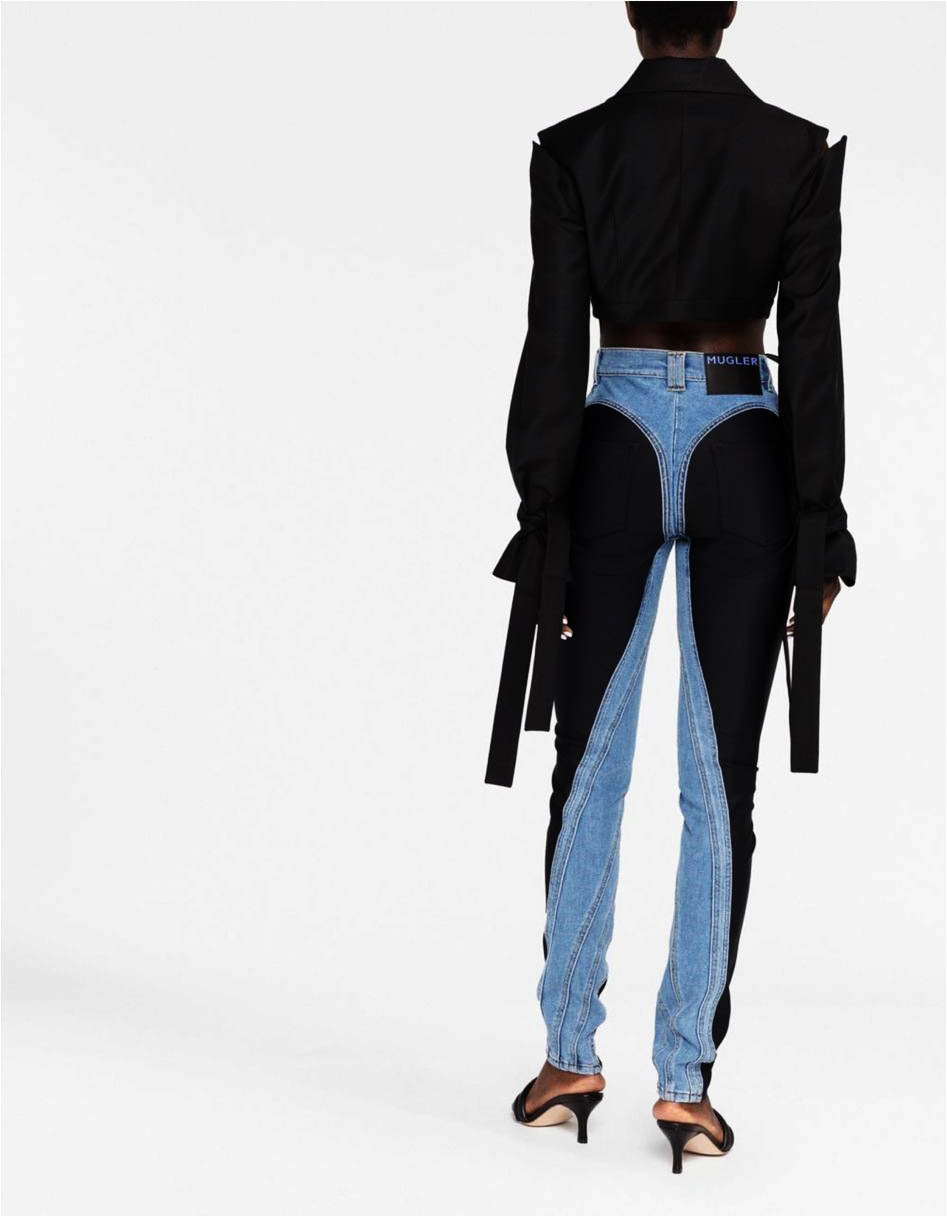 When designers produce accessible collections with leading fast fashion brands or significantly slash prices of their merchandise six months later to clear the way for new collections, I always question the real value of the supposed luxury.
When designers produce accessible collections with leading fast fashion brands or significantly slash prices of their merchandise six months later to clear the way for new collections, I always question the real value of the supposed luxury.
The pricing of luxury items is nothing but a mere tool to ramp up desirability among a selected few to satisfy a feeling of exclusivity. Because how else can one rationalise selling droves of items that were once oh so deserving of hefty price tags, for a fraction of the cost a few months later? How else are we supposed to justify the sales dumps filled with designer items heaped together and hands ploughing through to get the best bargain? Even if one doesn’t live in a jurisdiction where such sales and collaboration happen frequently, these days almost every online mixed brand store like Matches Fashion, Net-a-Porter carries a permanent sale tab.
 Producing good clothes while simultaneously honouring the designer’s talent need not be so expensive. But time and time again we find ourselves being sucked into a vortex of wanting to splurge. I guess with the hope that we will get what feels like a slice of fashion heaven or feel insecure about not being able to spend so much. Looking at our items feeling as if they haven’t made the cut even when they feel and look good.
Producing good clothes while simultaneously honouring the designer’s talent need not be so expensive. But time and time again we find ourselves being sucked into a vortex of wanting to splurge. I guess with the hope that we will get what feels like a slice of fashion heaven or feel insecure about not being able to spend so much. Looking at our items feeling as if they haven’t made the cut even when they feel and look good.
I tagged along to a work meeting last Monday with my husband in Berlin, in hopes of snagging something from Mugler’s Collaboration with H&M. The collection prices were incredible. The pieces had the Mugler aesthetic written all over them. From the mesh insert jeans to the body sculpting dresses and corset-like tops, I kept thinking to myself this feels like a gift almost.
To my surprise, even in such a big city, the closest I could get to the collection was by staring at the mini electronic billboards as I walked down the high street. All the stores were empty. Not because they were sold out, but rather because they were never stocked. It was pure marketing genius, some would say.
Hardly anything to do with the clothes but rather just about an aggressive marketing strategy to publicise the brand’s notoriety even more. Perhaps even pushing consumers to buy directly, because they felt they had missed the accessible one. My husband joked with me that I was getting the fake one and even though I was well aware he was joking, I thought of how so many of us internalise how much we spend, how early we were able to get it, what we buy, where we buy it from. They are critical markers on how we spend.
Fashion has moved away from us wanting to drool over the material and the techniques employed. Instead, we focus on details that have nothing to do with the clothing: for example, how popular the item is on social media, which celebrity has it and how rich it will make us look.
As clichéd as this may sound, real style and luxury have nothing to do with costs but rather what the item can physically give you like a good fit and excellent craftsmanship.









